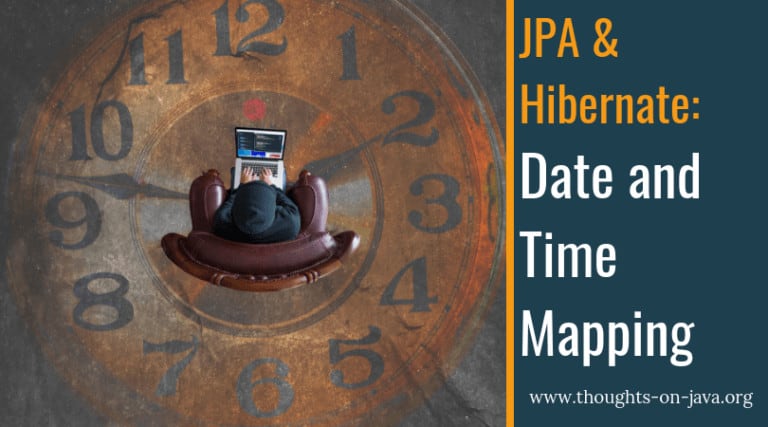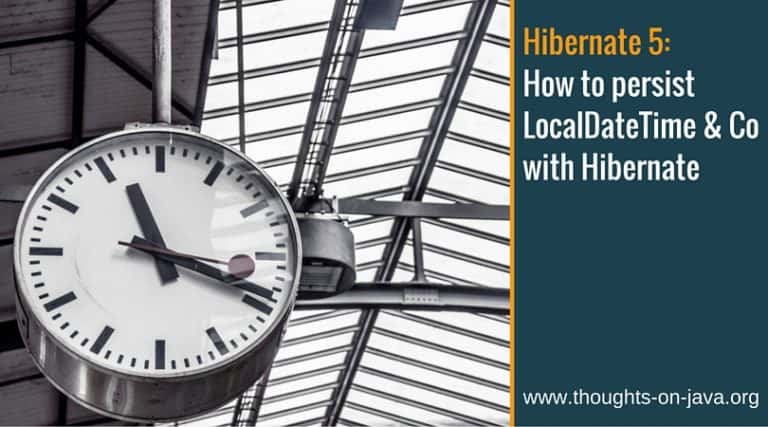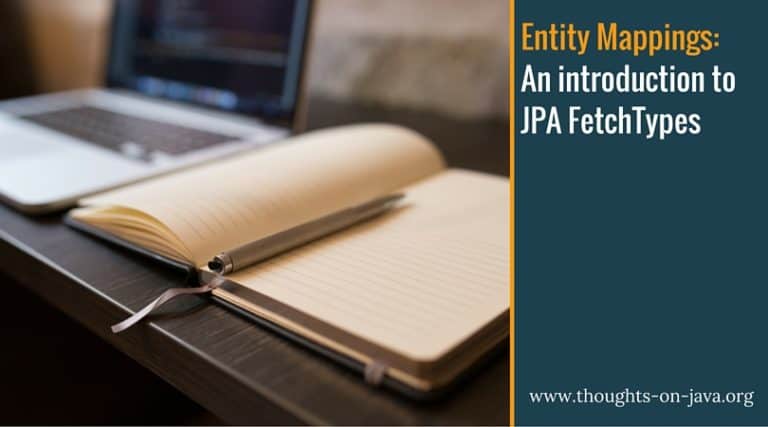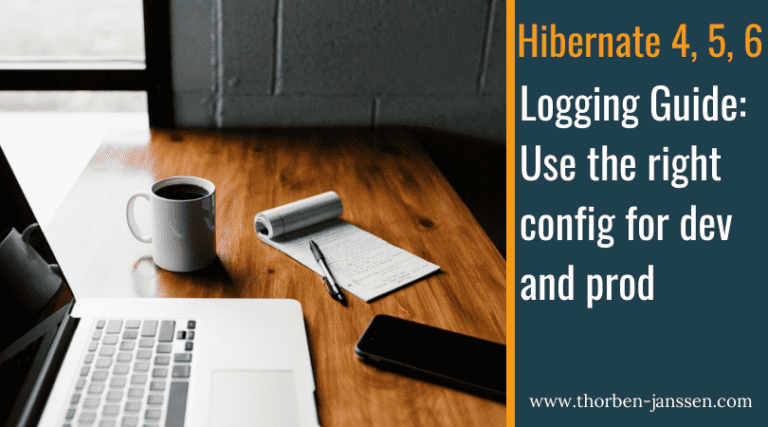Date and Time Mappings with Hibernate and JPA
Databases support various data types to store date and time information. The most commonly used ones are: You can map all of them with JPA and Hibernate. But you need to decide to which Java type you want to map your database column. The Java language supports a bunch of classes to represent date and…





